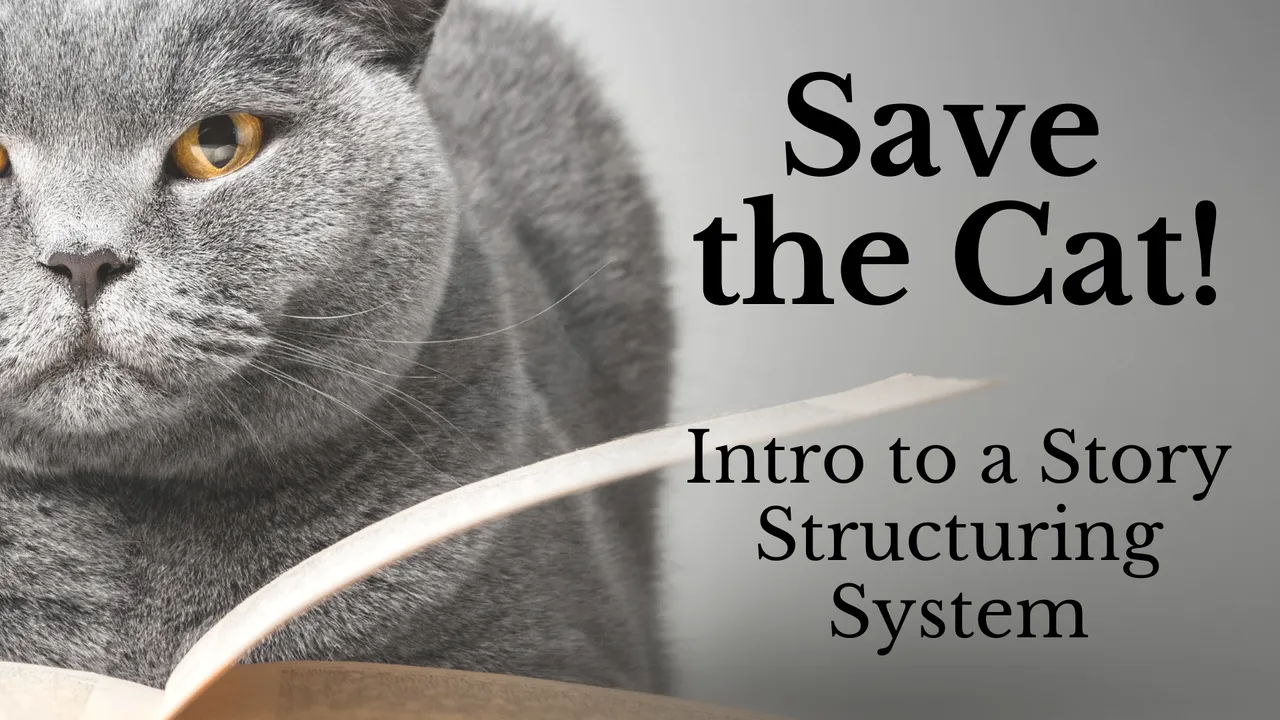
Early in my writing career, a mentor recommended the book Save The Cat! By the late Blake Snyder. It’s ultimately a book about writing screenplays, but I found it incredibly helpful for structuring long-form novellas and eventually novels.
If you do a quick Google search for blake snyder save the cat beats, you’ll find an absolute plethora of resources, analyses, tweaks, and approaches to using the system.
This series of posts is my contribution to a well traveled topic, broken into several posts to cover the OG “beats.”
🥁 What is a beat?
In essence, it’s a section of the story. Not really bound by a word count or by a certain amount of chapters. The word has more weight in the screenplay world I think, so I’d not worry too much about it.
Note: some beats are meant to be shorter or longer than others—generally. Though with all things writing, rules are loosey goosey! For example, Beats 1 through 4 can happen within a page or chapter, especially if you’re following the idea of getting to ‘the inciting incident’ ASAP.
🔎 Save The Cat! Story beats overview
- Opening Image
- Set-up
- Theme Stated
- Catalyst (inciting incident)
- Debate
- Break Into Two (Choosing Act Two)
- B-Story
- The Promise of the Premise
- Midpoint (invert #11)
- Baddies Close In
- All is Lost (invert #9)
- Dark Night of the Soul
- Break Into Three (Choosing Act Three)
- Finale
- Final Image
🎭 Three Acts
Thinking of a story as having three acts is a very common structural approach. It’s semantically not much different than saying Beginning, Middle, End… but using the word “Act” makes you sound more like a snooty professional 😘
Seriously though, the three acts do have some loosely defined characteristics:
Act One: Thesis
A relatively short Act, the Beginning of the story gives the Reader a benchmark—what is the “normal” world for our protagonist(s), and what’s missing in their lives?
The story’s theme should be fairly clear before Act One is done.
In Act One, an inciting incident occurs which forces protagonists into a new situation—or new world—that challenges everything about the “thesis” or benchmark.
Act Two: Antithesis
The longest act, the “meat” of the story. The Middle. Antithesis is all about exploring conflict(s), usually by looking at Act One’s benchmarks and challenging them all. Forcing protagonists to make hard choices. Delivering on the main ‘idea’ of the story that you’d see written on the back of a book.
Act Two is home to the most rollercoasters, those high and low points, all building toward the main story climax.
If you have room for the B-Story (or other plotlines), Act Two is where it blooms.
Act Three: Synthesis
Also relatively short, Act Three starts with the run up to the big finale.
It’s sometimes called ‘Synthesis’ because it’s common to take something elemental from Act One and bring it to bear through the character arcs in Act Two. Your protagonist started off one way (benchmark) and then struggled through conflict to become something else. Their old self + their new self is somehow key to overcoming their main challenge.
Loosey goosey rules
This is a common structure, but not the only one. Stories can start in the middle of Act Two and do flashbacks. They can have five Acts. They can skip half the Beats and invent some of their own.
But if you’re new to crafting longer pieces of fiction, it’s nice to start with tried and true. Remember: Readers don’t really notice structure—so using a template like Save The Cat! won’t damage originality.
In fact, Save The Cat! Was derived from deconstructing some of Hollywood’s most successful storytelling techniques. It’s something of a blueprint for an optimal path to crafting a story for the human mind 😁
Hopefully this forthcoming series of posts helps illuminate why.
Post 2: Save The Cat! story structure • Beat 4
Post 3: Save The Cat! story structure • Beats 5 & 6

About the Scholar and Scribe Community

